Thirteen New Design Books to Read This Spring
By: LX Collection
This spring, as we let the outside air flow in, and the boundaries between inside and out grow less distinct, we can connect with the ways our homes are part of nature. The essence of architecture is capturing that boundary and making it a generative space, and nothing showcases the connection between our living spaces and our creativity as beautifully and enjoyably as this season’s crop of new architecture and design books. They put the creative act of living in and making a home front and center.
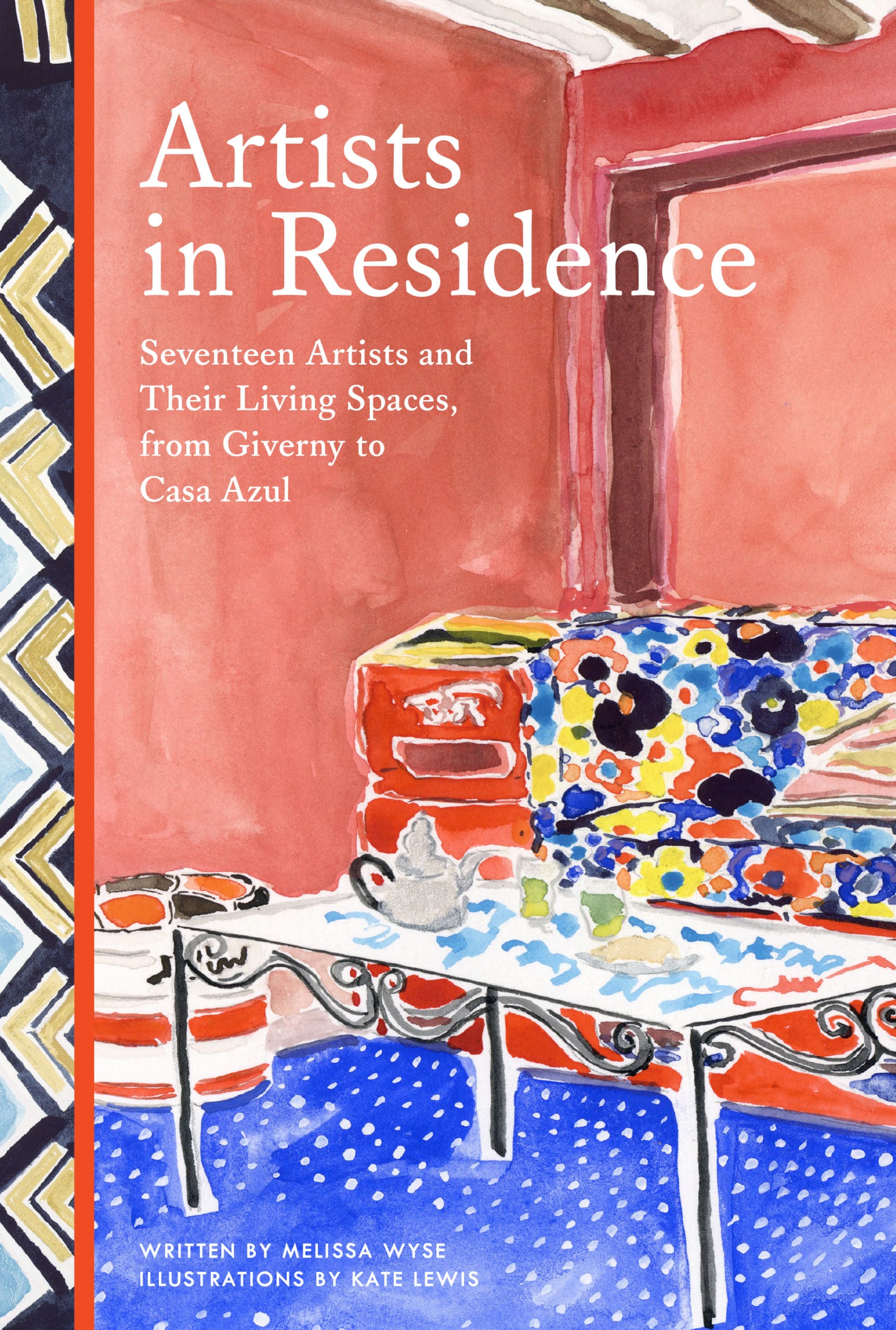 Photo Credit: Chronicle Books
Photo Credit: Chronicle Books
Artists in Residence by Melissa Wyse and Kate Lewis
This collaboration from Wyse and Lewis is both a guide to the homes of beloved artists and a work of art in itself. What makes Artists in Residence stand out among books about interiors is the way that it eschews photographs. It’s fitting that a book about intimate spaces is itself intimate—the hand of the illustrator and the mind of the writer become the lenses through which we experience Jean Michel Basquiat’s videotape collection or the sawhorses in Georgia O’Keeffe’s kitchen. The book is about how home interiors are often the physical embodiment of something imagined or wished for—an expression of a desire for how life might be.
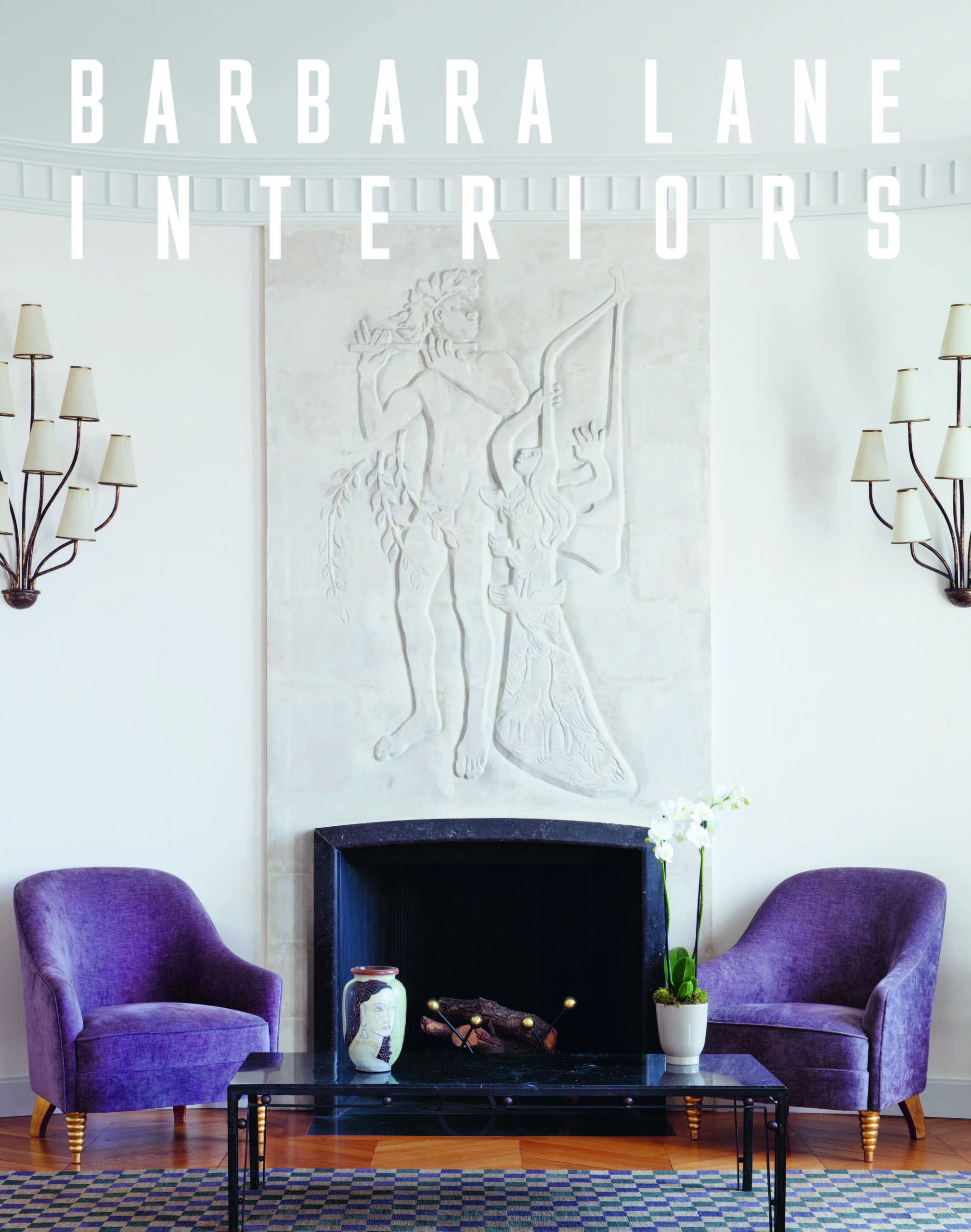 Photo Credit: Pointed Leaf Press
Photo Credit: Pointed Leaf Press
Barbara Lane Interiors by Barbara Lane and Tracey Pruzan
To see the career-spanning work of interior designer Barbara Lane collected into a single book is to behold what it means to make interiors art. Lane is known for arranging a space around a Roy Lichtenstein or a Cy Twombly in such a way that the painting or art object is allowed to carry its visual world into the room. So much more than a place to hang a picture, her rooms become vectors for them. Lane’s revolution in the field is the extent to which she uses art as the anchor and the portal to the imaginative space of our homes.
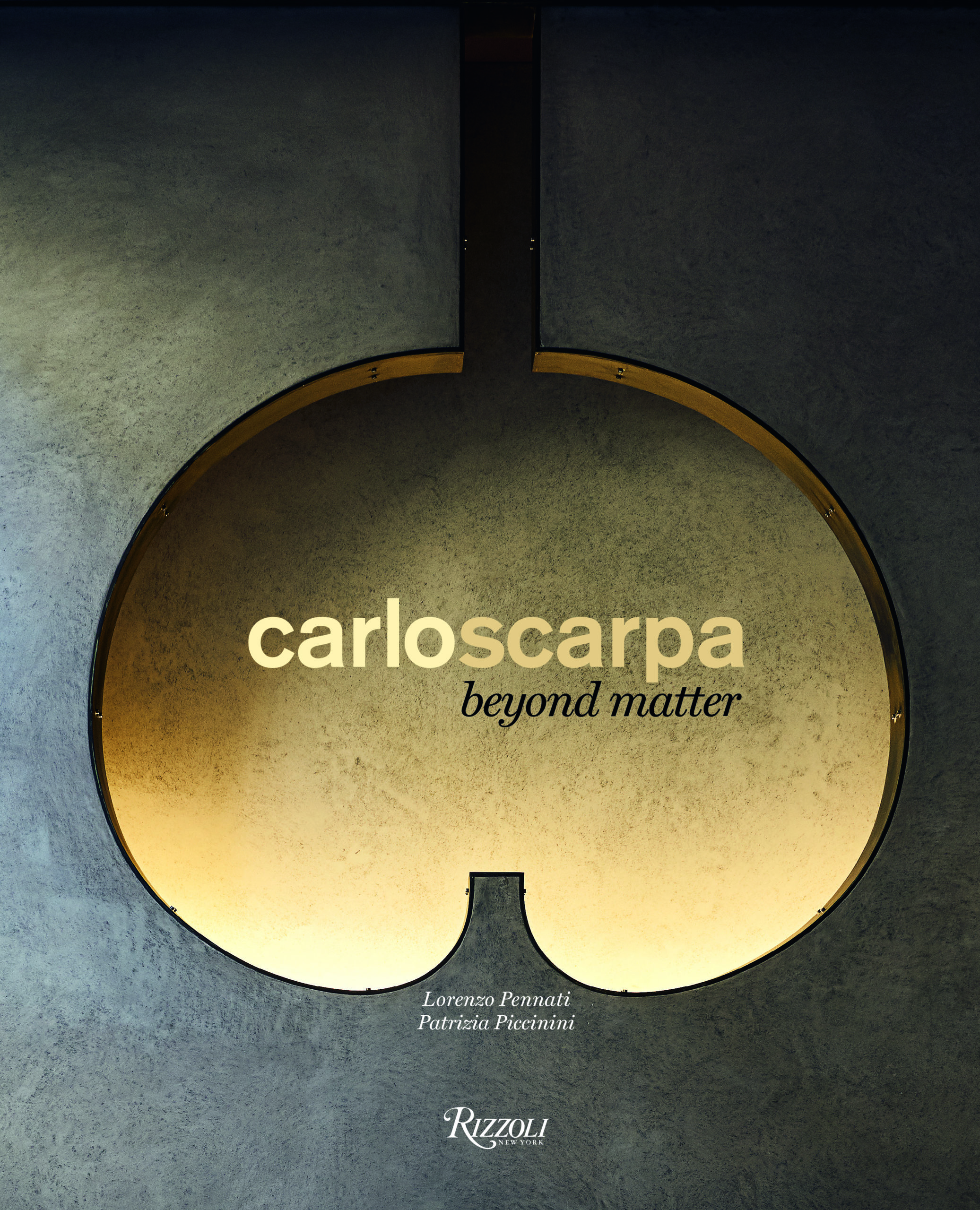 Photo Credit: ©Carlo Scarpa: Beyond Matter, by Patrizia Piccinini, Rizzoli New York, 2021. Images ©Lorenzo Pennati
Photo Credit: ©Carlo Scarpa: Beyond Matter, by Patrizia Piccinini, Rizzoli New York, 2021. Images ©Lorenzo Pennati
Carlo Scarpa: Beyond Matter by Patrizia Piccinini and Lorenzo Pennati
Rizzoli’s stunning Scarpa monograph does its utmost to communicate this postwar Italian architect’s vision, from the sweeping lines of a staircase in a museum to the just-so patina of a brass fixture. Scarpa is an artist’s architect who has influenced generations of designers as well as contemporary sculptors like Carol Bove. This book is a monument to a monument maker, with the warm, essential touch of a postscript by Scarpa’s son. This is as close as you can get to Scarpa’s ability to raise the experience of space to imaginative heights without having to fly to Italy—and the book as an object is a taste of Scarpa’s transformational design for your own home.
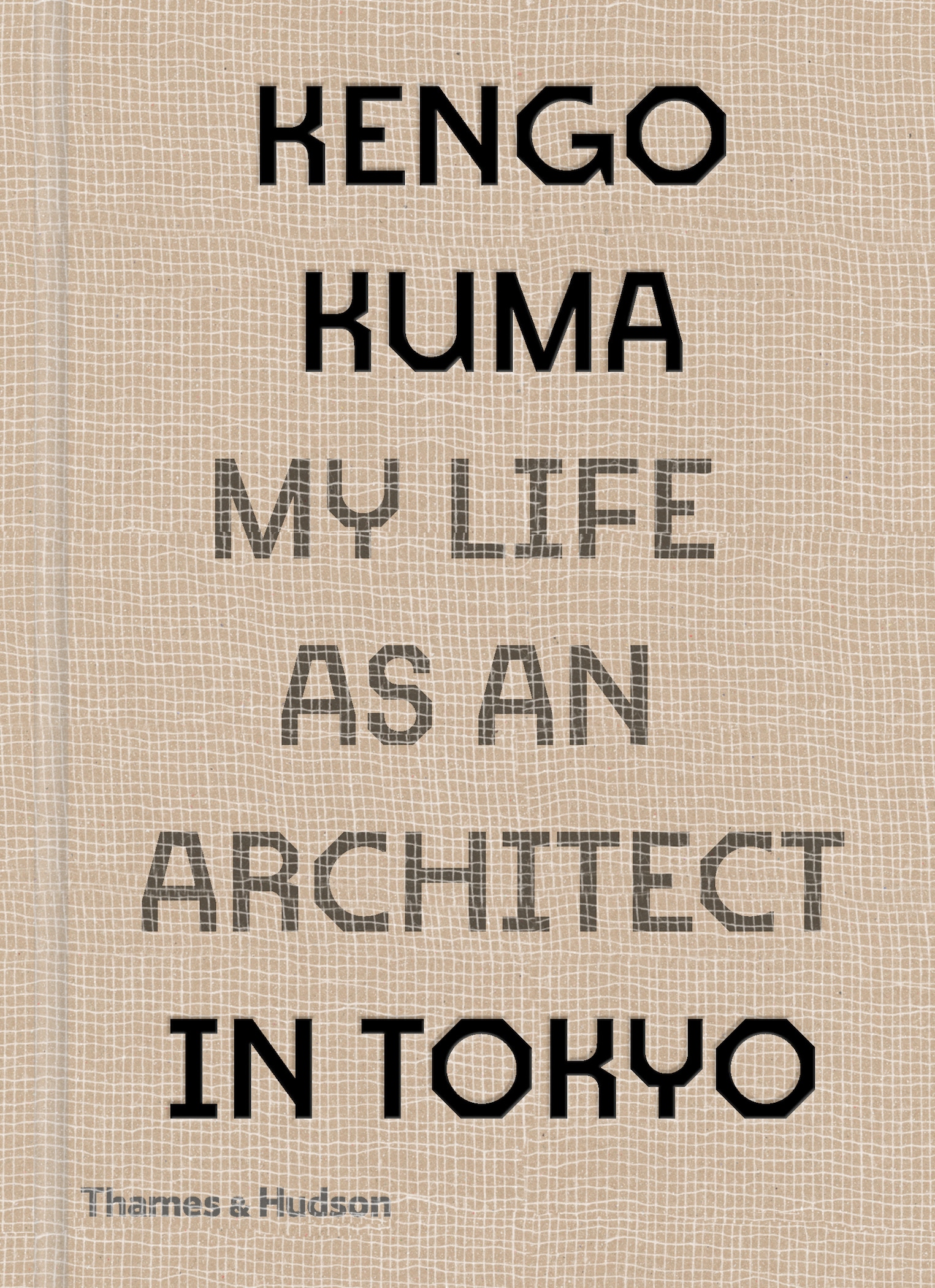 Photo Credit: Courtesy of Thames & Hudson
Photo Credit: Courtesy of Thames & Hudson
My Life as an Architect in Tokyo by Kengo Kuma
Kengo Kuma, one of the world’s leading architects, is currently working on the venue for the Tokyo Olympic Games. This book is both a survey of his career and a love letter to the city that inspired him to become an architect, highlighting 25 buildings in Tokyo in a collection that is at once intimate and grand.
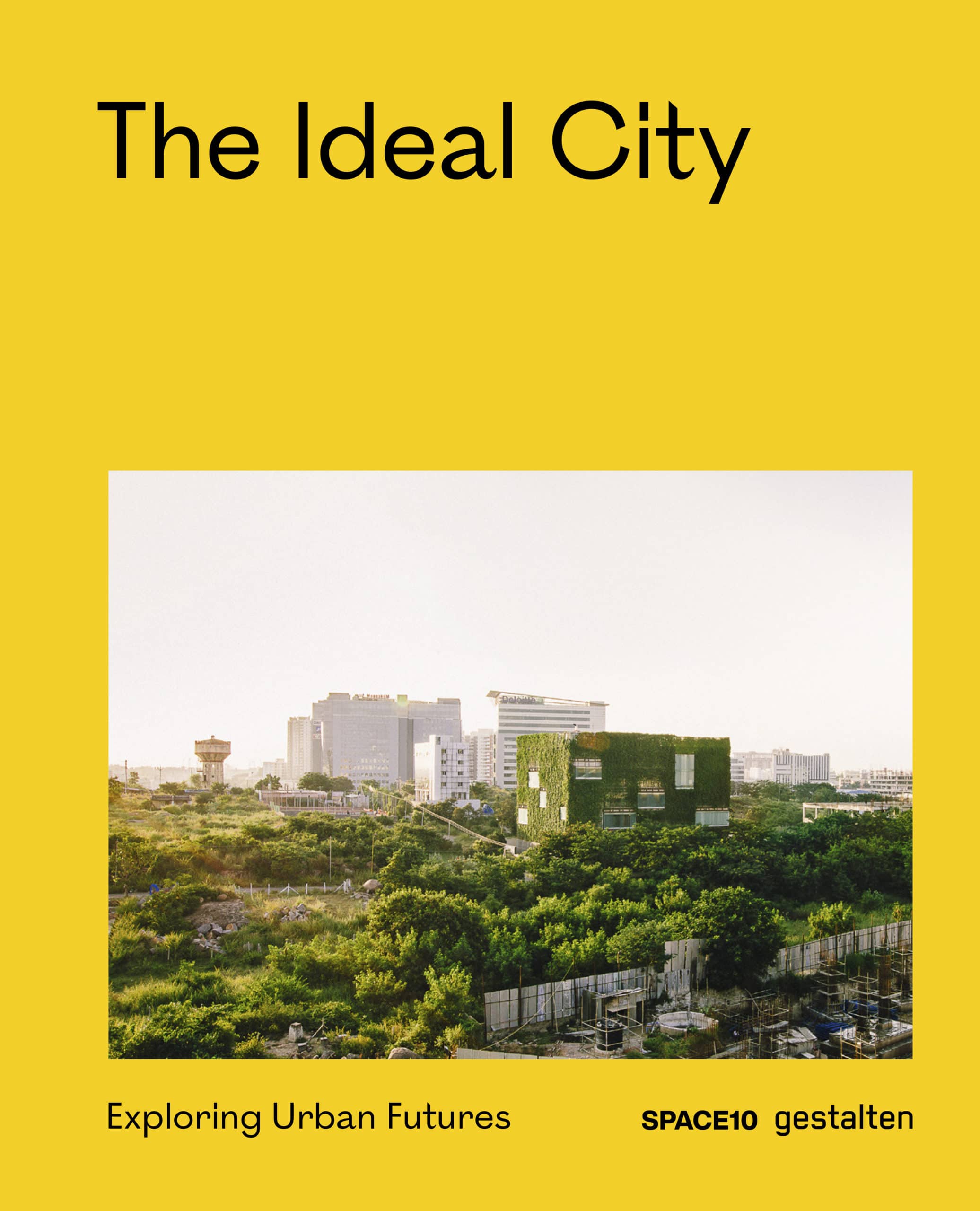 Photo Credit: Gestalten
Photo Credit: Gestalten
The Ideal City by SPACE10
The Ideal City presents an exploration of what’s possible in the future of urban design. Born from SPACE10, IKEA’s research and design lab, the book is a consideration of how our cities might become more beautiful, more sustainable, and more technologically innovative. The book presents the city as a microcosm of human ingenuity, and it showcases some of the most innovative design projects in the world, like JAJA Architects’ parking garage-turned-ultimate-playground in Copenhagen, an urban farm in Ho Chi Minh City, a park in Port-au-Prince whose amphitheater-like design is made to encourage community, and a market built from recycled materials in Niger. It’s the kind of book that will change your own relationship to the city you live in.
 Photo Credit: Hatjecantz
Photo Credit: Hatjecantz
Women in Architecture by Ursula Schwitalla
Hatje Cantz’s new book Women in Architecture simultaneously poses the question of why women have been so underrepresented in the history of architecture and seeks to address it. The book digs back into the past, giving architects like the 17th century’s Plautilla Bricci, the first recorded female architect in Rome, their due. The book is also a survey of more recent greats like Nathalie de Vries, Anupama Kundoo, and Lu Wenyu. Author Ursula Schwitalla includes essays culled from her own research into the history of women architects, adding to the lush photographs presented here a gold mine of architectural thought and a look toward where women are taking the field.
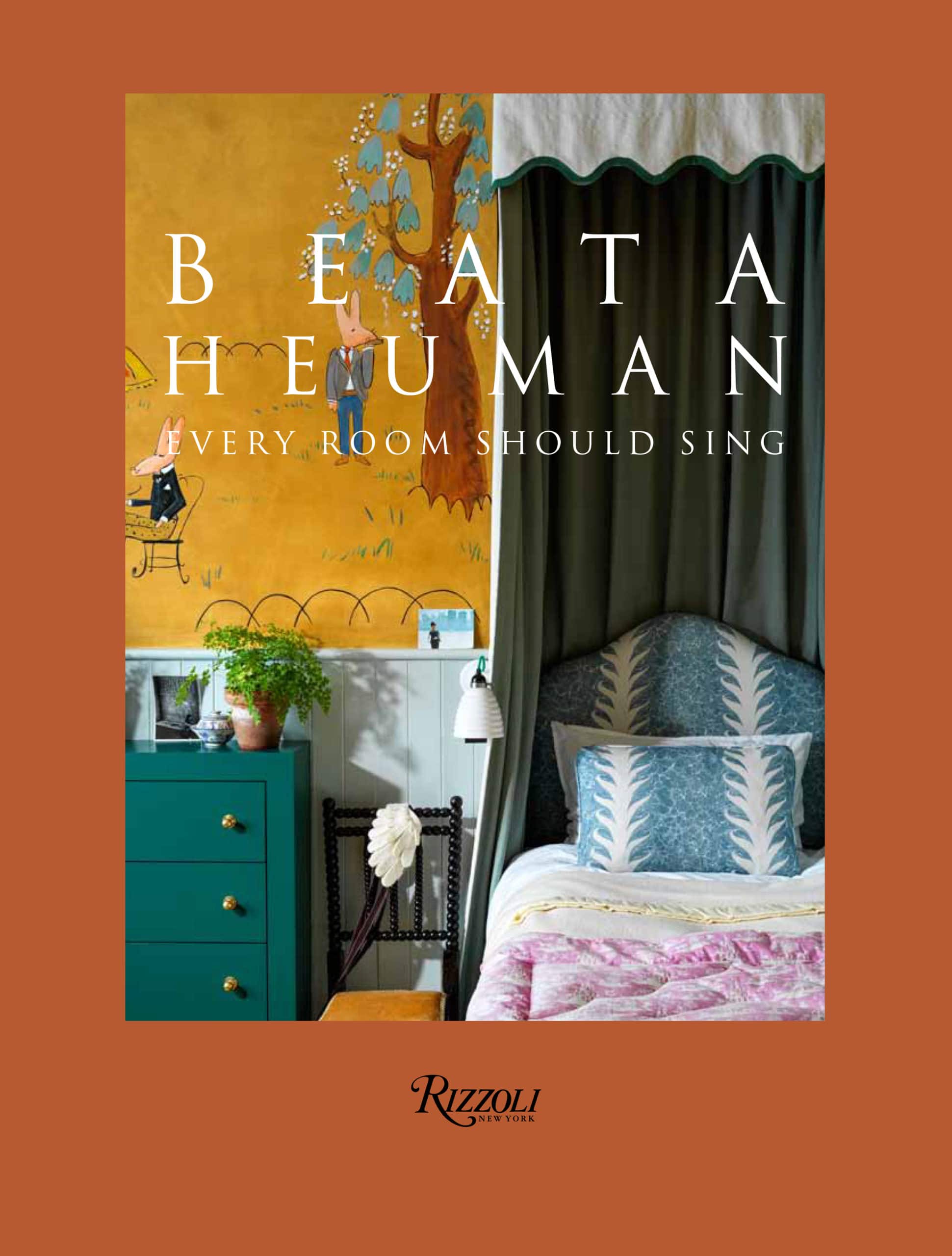 Photo Credit: ©Beata Heuman: Every Room Should Sing, Rizzoli New York, 2021
Photo Credit: ©Beata Heuman: Every Room Should Sing, Rizzoli New York, 2021
Beata Heuman: Every Room Should Sing by Beata Heuman
The interiors of designer Beata Heuman are so distinctive that anyone familiar with her work can identify a BH room the same way they might spot a Rembrandt at a museum. Part of what takes her work to the next level is her use of imagery and texture. She’s not afraid to make a part of a wall a whimsical mural about a rabbit or to line a bedroom with a textured wallpaper, giving the space unexpected coziness and dimension. Born in Sweden, her Scandinavian roots mingle with her London polish, and her book features rooms from England to Nantucket. The turner of these pages will be delighted to know that most of the wallpaper, lighting, furniture, and fabrics featured here are Heuman’s own designs and available for sale.
 Photo Credit: Lars Müller Publishers
Photo Credit: Lars Müller Publishers
Hiroshi Sugimoto: Old is New by Hiroshi Sugimoto and Tomoyuki Sakakida
Hiroshi Sugimoto’s time-lapse photographs of the light emitted by movie screens brought us a haunting condensation of visual time. His interest in the visible and the invisible also plays a role in his work as a designer and architect with Tomoyuki Sakakida at New Material Research Laboratory. This book is a deep exploration of the ways in which some of the oldest materials available to us can be the building blocks for fresh and relevant designs. The book includes text from Sugimoto and Sakakida, outlining a design sense that combines contemporary forms and ideas with age-old materials. Their work melds worlds, as in the Manhattan apartment where they perch a wooden bathtub atop stones found from an old train station in Kyoto, where you can sit and soak in the imaginative space that connects all cities.
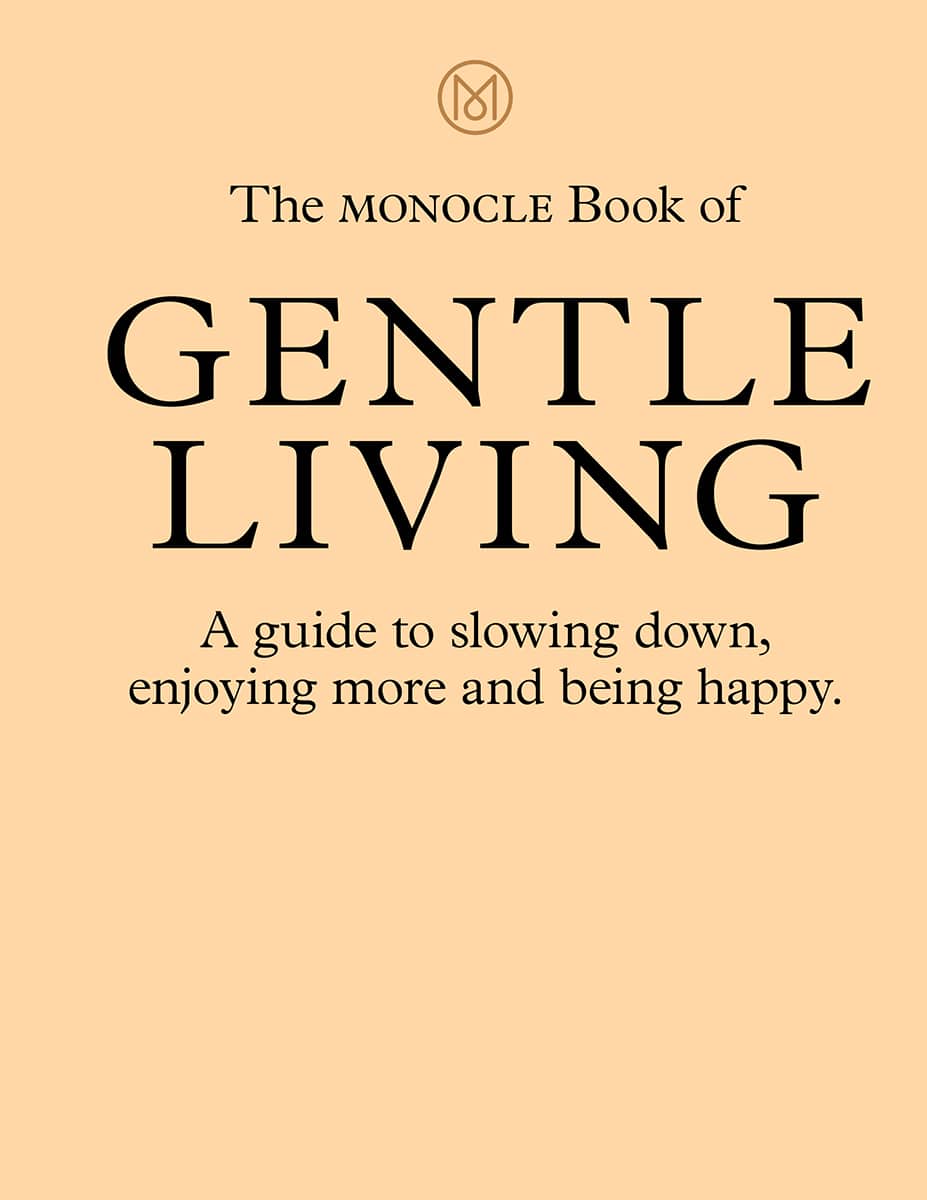 Photo Credit: Monocle
Photo Credit: Monocle
The Monocle Book of Gentle Living by Monocle
Monocle books is the book imprint of Monocle magazine, one of the premier global design magazines, and there is a certain poetry to this whole line of books, many of which seem to create the very aesthetic they seek to describe. The Monocle Book of Gentle Living is an exquisite presentation of a possible way of life. Could we live with ease and beauty and a sense of peace fostered in part by great design? The answer, which arrives in the book’s pages in the form of photographs and accounts of what it means to slow down—eating thoughtfully, swimming in a lake, connecting with others, enjoying the tactile world—is a resounding “yes.”
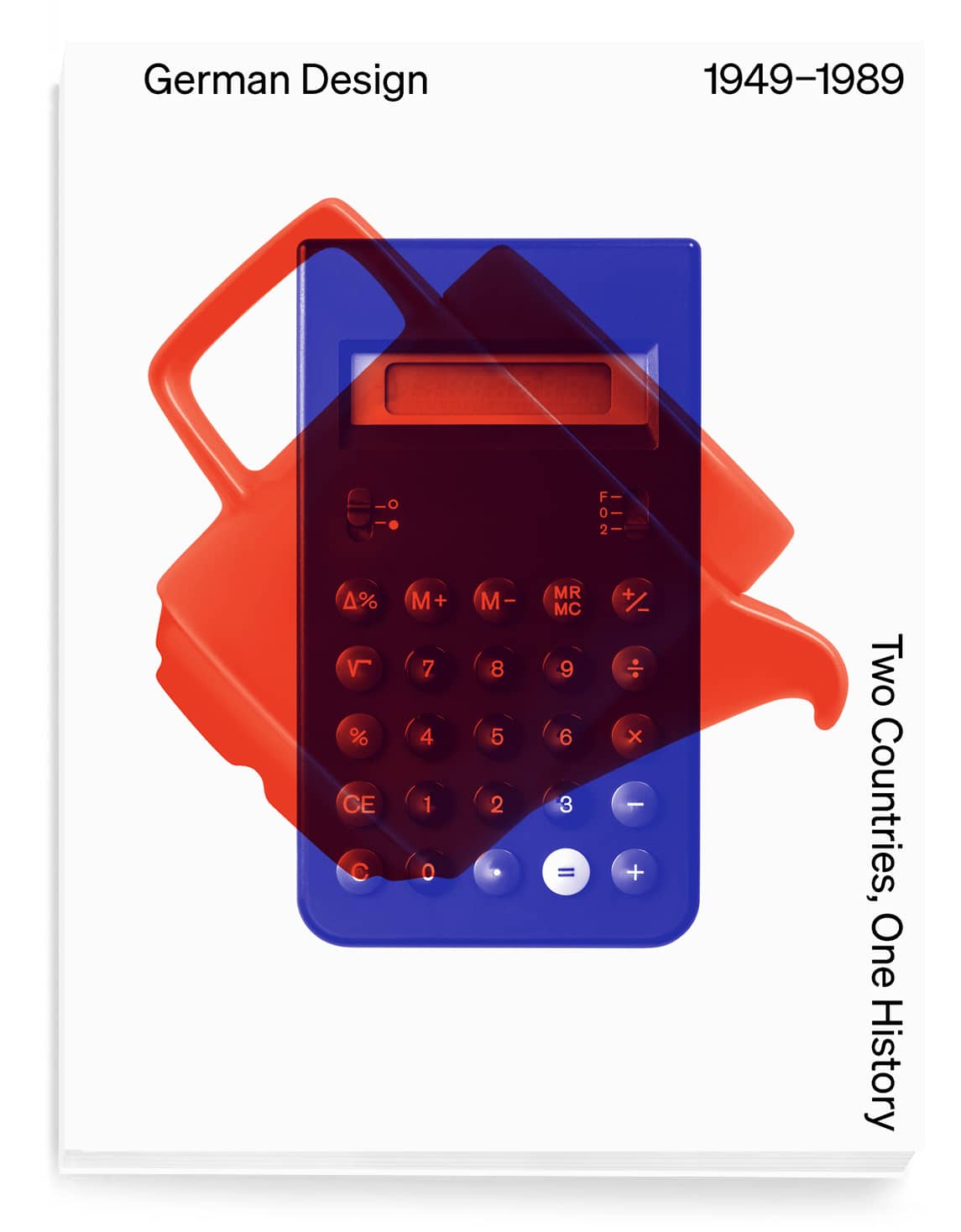 Photo Credit: German Design 1949 – 1989: Two Countries, One History
Photo Credit: German Design 1949 – 1989: Two Countries, One History
German Design 1949-1989, Edited by Mateo Kries, Thomas A. Geisler, Erika Pinner, Klara Nemecková
This tome on postwar German design explores the defining aesthetics on both sides of the wall. It’s both a design book and a historic account of how the country’s division into East and West Germany affected its creative soul. Capturing all aspects of design from fashion to cars, interiors to technology, it’s a portrait of two halves of a divided place that were in constant conversation with each other. It’s also a detailed survey of design as politics, a tool for both propaganda and political freedom.
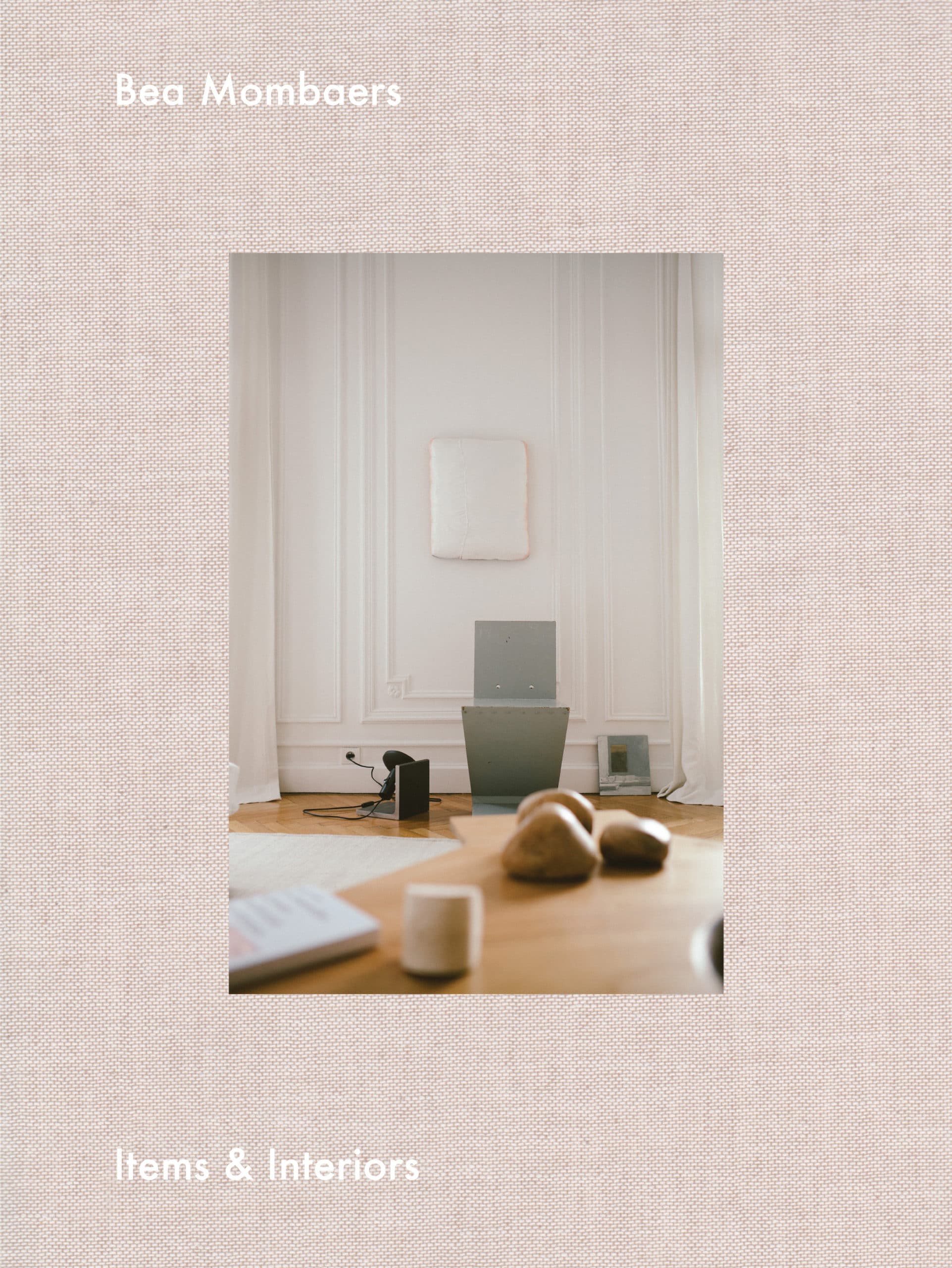 Photo Credit: Luster
Photo Credit: Luster
Bea: Objects and Interiors by Bea Mombaers
When Bea Mombaers set out to document her own work as an interior designer for this book, she decided to organize it according to moments in the day. This attunement to time defines her approach to designing interior spaces. She is keenly aware of the associative power of objects and especially of the histories of vintage objects. Her homes, with their minimalist style and use of raw, natural materials, strike just the right note between inspiring and serene.
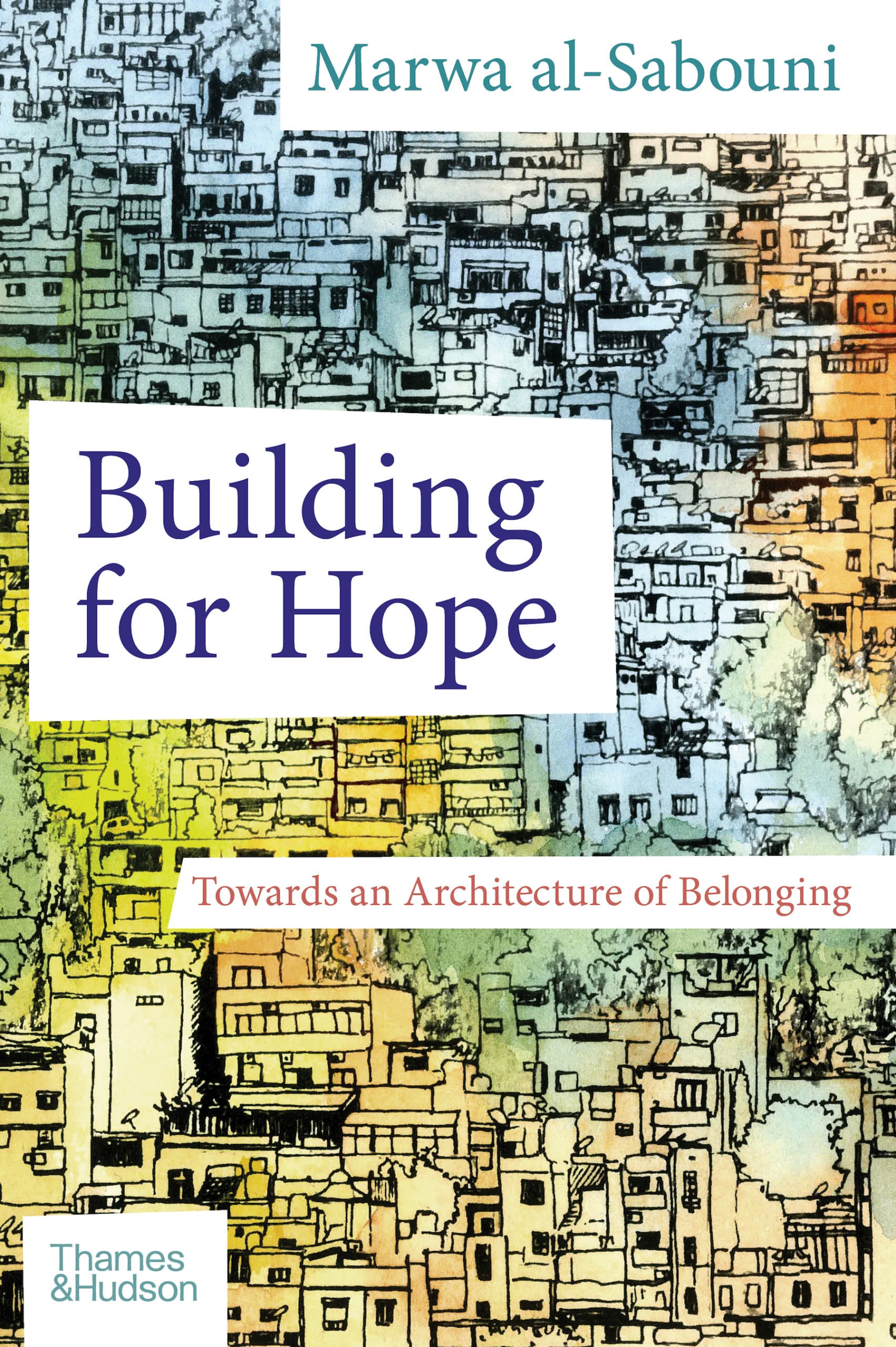 Photo Credit: Courtesy of Thames & Hudson
Photo Credit: Courtesy of Thames & Hudson
Building for Hope by Marwa al-Sabouni
Marwa al-Sabouni writes from the intersection of the political and the architectural. Her first book was born of a need to document how Syria has been defined by architectural problems. In her second book, she turns her gaze to the future and explores what it might look like to build cities that promote human well-being in ways we never thought possible.
Imaginings: Dutch Design by Kiki Van Eijk
Kiki Van Eijk is the sort of person who defies definition or perhaps pushes the boundaries of what it means to be a designer, as this book, the monograph of her current show at the Textile Museum in Tilburg, the Netherlands, will attest. At the core of her work is a sense of play and exploration: she flirts with furniture as sculpture and interior design as storybook or creative play. She is famous for designing rugs brimming with flowers, “soft” clocks, and abstract furniture pieces whose function is largely left to the owner.







